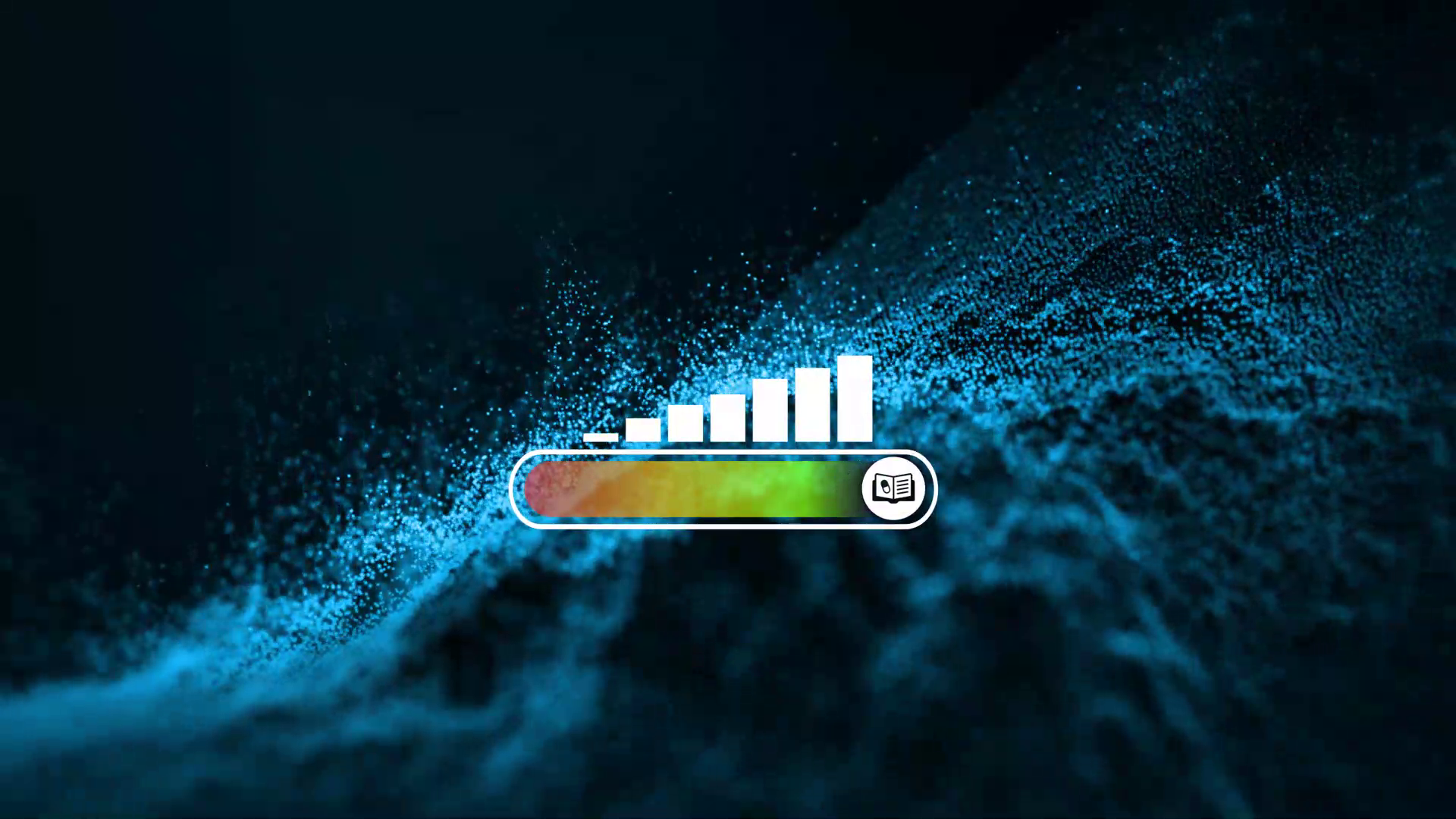Making doctor-patient communication more effective
Doctor-patient communication is at best a very personal one, built on communication and trust, thereby constituting a keystone of care. Nevertheless, it is often fraught with difficulties and frustrations on both the doctor and the patient side.
The increasing and widespread access to medical and scientific information in the internet forms a group of extremely self-educated and sometimes even falsely informed patients, which may pose a challenge to the medical community. This may leave many physicians questioning their traditional role as a trusted consultant.
Other hurdles to effective communication between patients and physicians arise from the doctors’ workload. Being a physician has always been a busy job, but in the current environment, physicians face mounting demands on their time including increases in administrative requirements and frequency of patients per hour which ultimately encroach on time spent with each patient.

On the other hand, many patients hesitate and hold back from asking questions if they do not understand the information given by the doctor. They may feel insecure or don’t want to appear uneducated in front of the doctor, ending up less informed and less involved than they could be in making their own medical decisions.
With potential problems arising from linguistic and cultural differences, all these consequences translate to increased patient (and doctor) dissatisfaction, excess emergency room usage and non-adherence to treatment plans.
Tools to aid effective doctor-patient communication
The good news is that, like any other skill, effective communication can be learned, and training can make a difference in improving patient interactions. We have developed a range of resources, tools and techniques that can aid the relationship and communication between patients and physicians around the world.
Materials and teaching tools for healthcare professionals (HCPs) play a major role in improving doctor-patient communication. Resources to aid adherence and enquire about a patient’s compliance for example, as well as teaching materials to learn how to talk about “difficult” or “sensitive” subjects. Other materials for physicians to hand out to their patients, such as questionnaires, checklists, patient diaries or information sheets may help with further consultations and follow-up or detect other factors that the patient may not have been able to verbalise during the consultation. These educational HCP materials are greatly appreciated by the physicians because they help improve disease communication thereby ultimately improving interaction with the patient.
In addition, patient materials can be important tools to inform patients about the disease, treatment options, lifestyle changes, and ways to cope. Informative patient websites, interactive eBooks or other resources, such as explanatory animations or infographics as well as educational videos, encourage and enhance patient-physician communication in the first instance simply by improving the patient’s understanding of their disease and the necessity to adhere to treatment to ultimately improve disease outcomes.
Interested to hear more? To discuss how physician-patient interaction can be improved in your therapy area, then please contact us at info@infill.com









